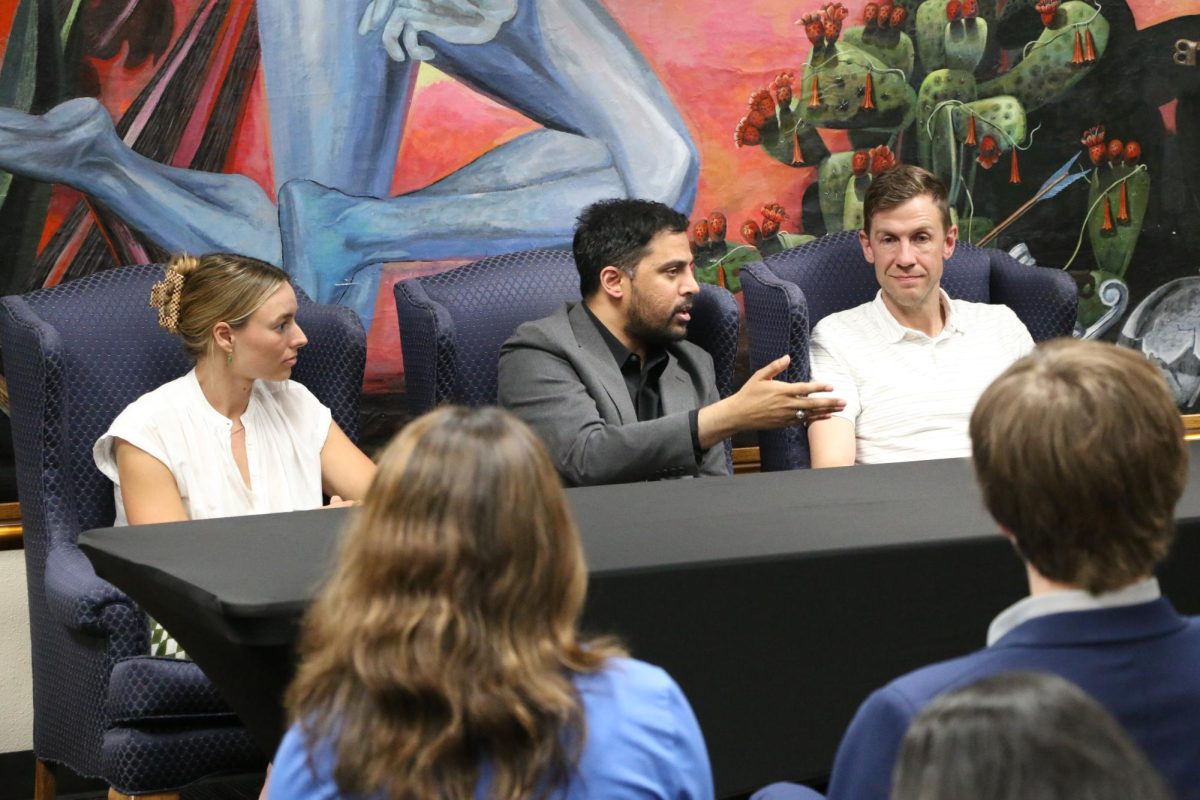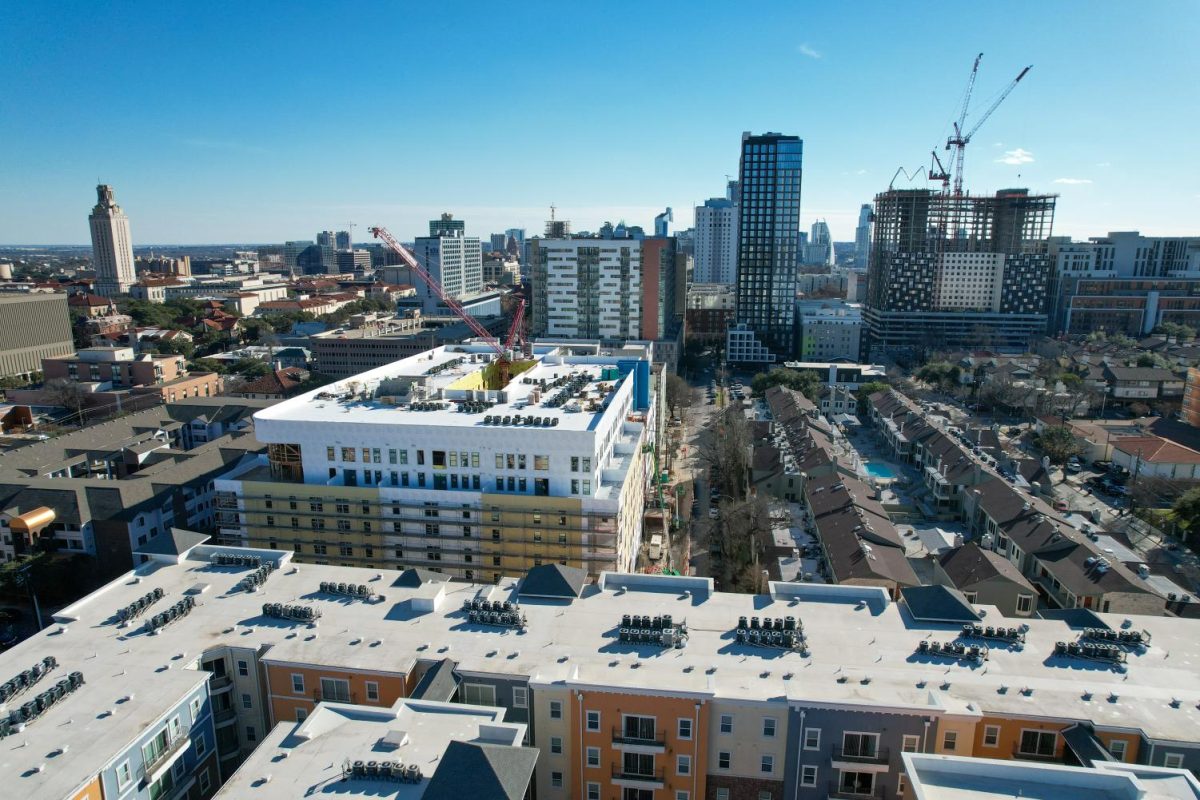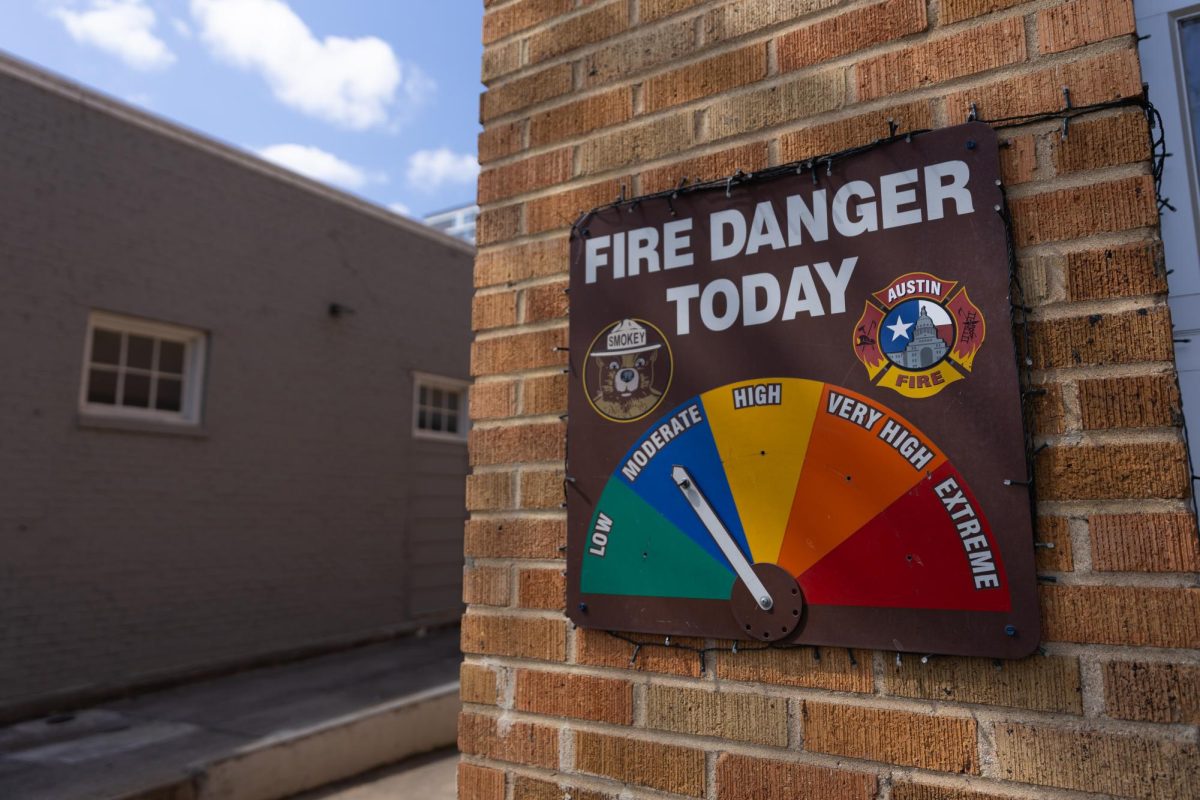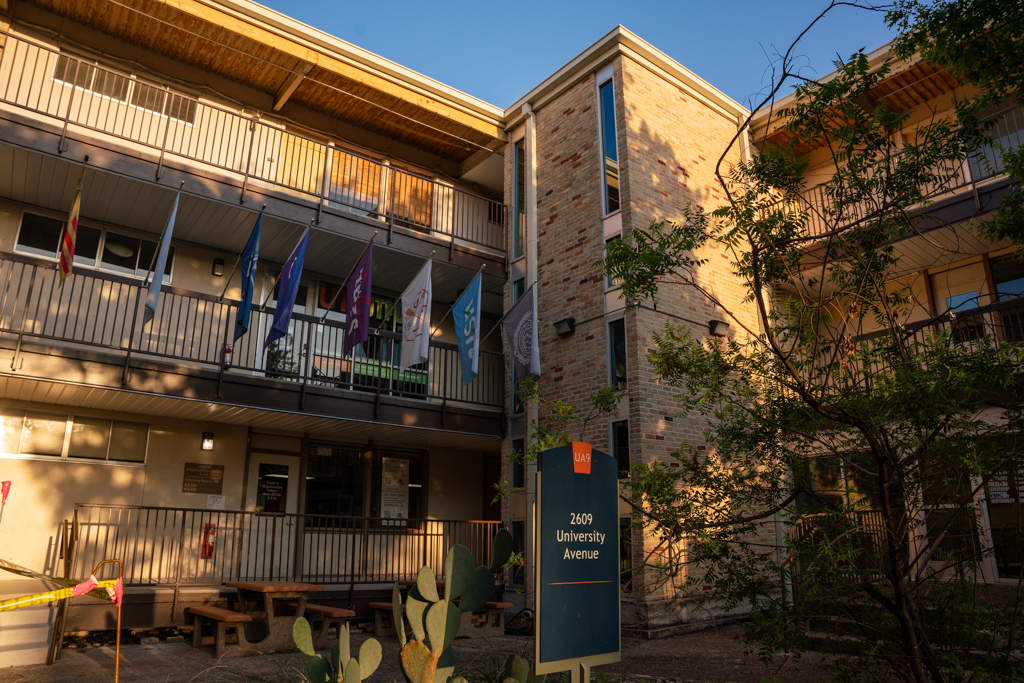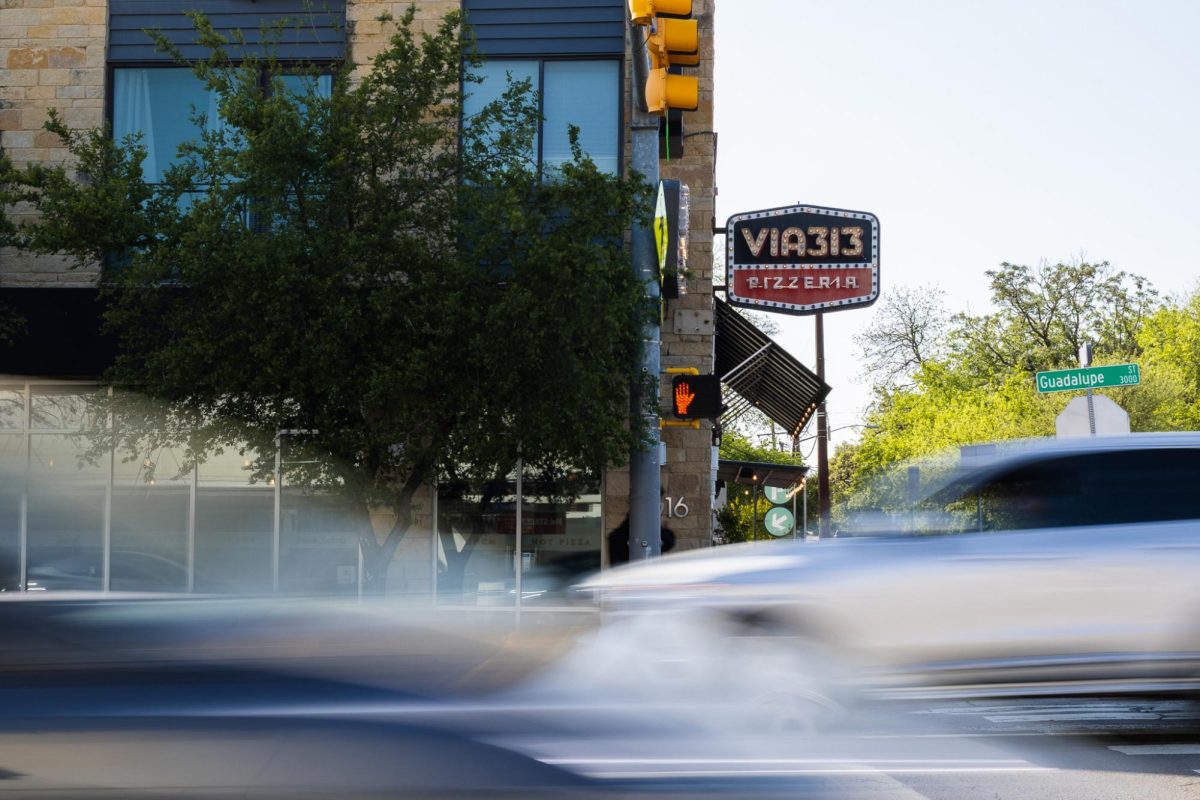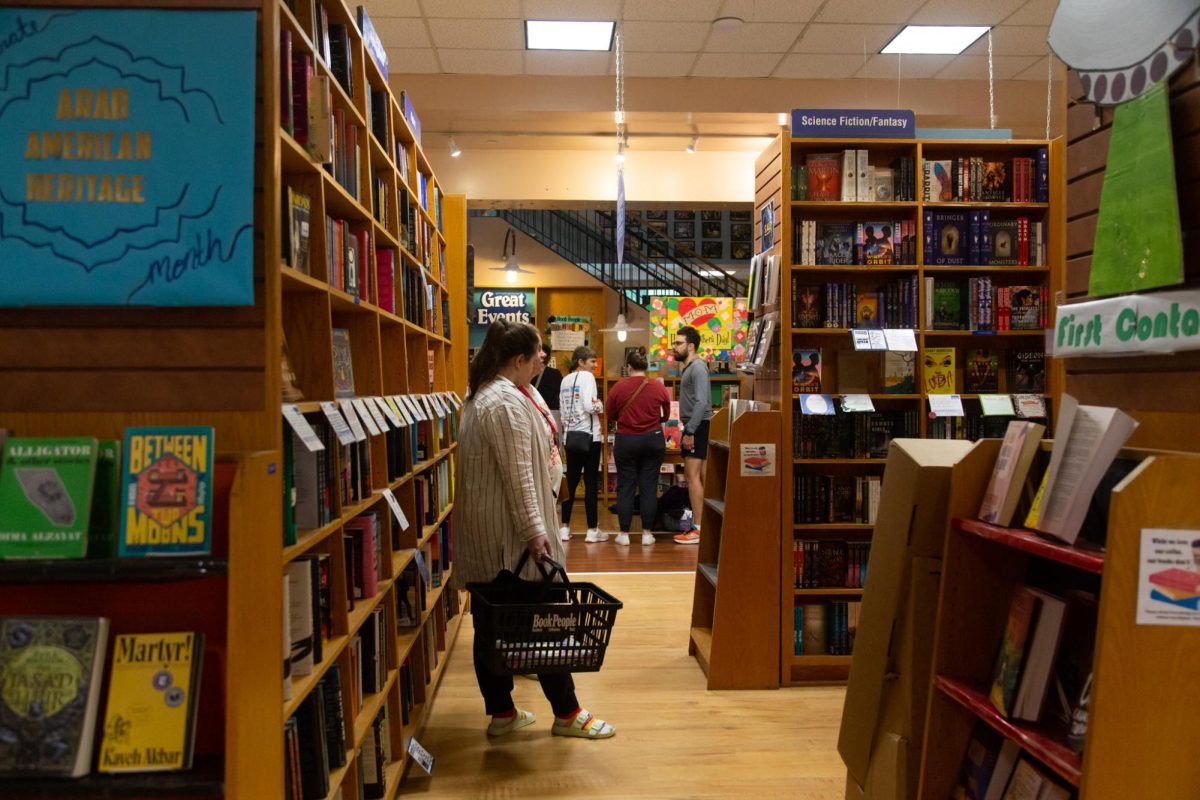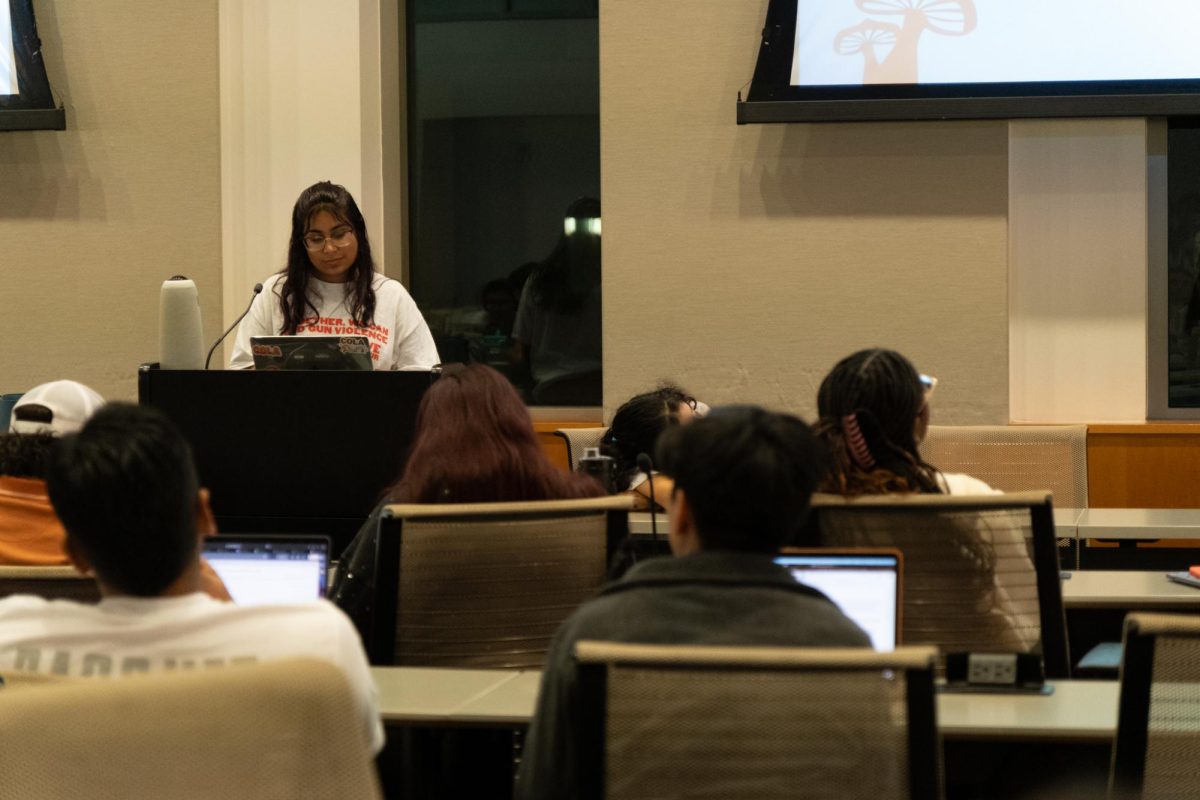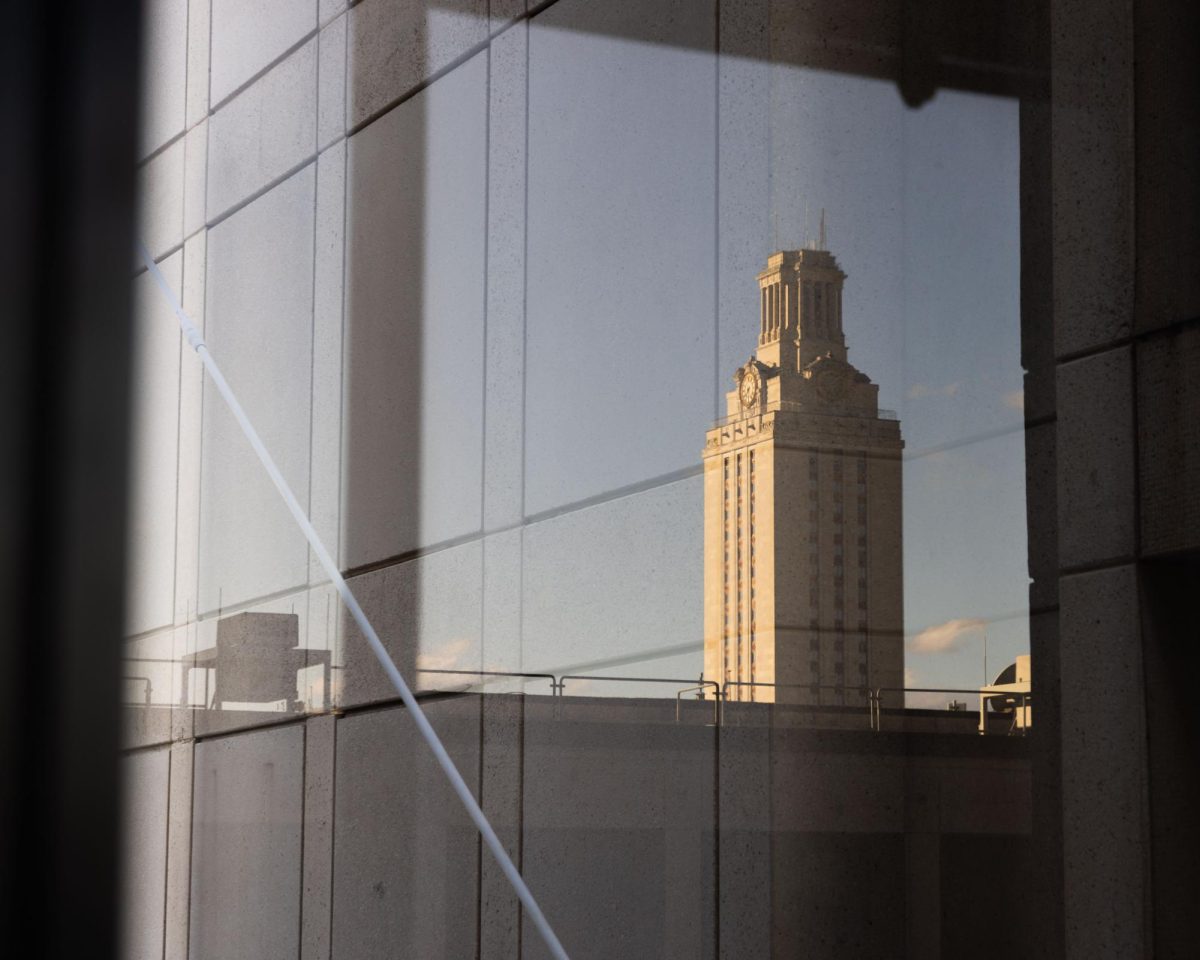City leaders discussed recent housing and transportation changes in Austin during the Future of Austin Development Panel last Thursday.
The panel, hosted by the UT Governmental Relations Agency, featured Austin City Council member Zohaib Qadri and city planning commissioners Alice Woods and Greg Anderson.
The panelists first spoke about changes to the Land Development Code made in December, specifically the Home Options for Middle-Income Empowerment Initiative. According to the city of Austin, the first phase aims to “provide more housing types and increase housing supply within single-family zoned areas.” Qadri said this phase will ensure more families can live in Austin by building more affordable housing, which he said the city lacks.
“We’re doing this to right the wrongs of the past,” Qadri said. “This is to stop the bleeding and make sure that everyone has a fair chance.”
When discussing the expansion of Interstate 35, Qadri said he and other council members are against it, but that residents need to voice their concerns to their state senators.
“We do have a lot of folks fighting … but we just don’t have the numbers (needed to oppose the expansion),” Qadri said. “It’s important to continue to fight.”
Anderson said that Project Connect, an initiative that plans to add a light rail and an accessible bus route to the city, will give students more options to commute around West Campus and avoid walking in busy areas.
“(Guadalupe Street) is just a really terrible place and Project Connect is a really good opportunity,” said Anderson, a UT professor of urban studies. “Good things are going to happen with the redesign of Guad and then ideally, some of those east to west streets, with 24th (Street) probably being the main one.”
Despite the various challenges Austin faces with regards to affordability, Woods said the city council and the city commission are working to ensure students see themselves living in the city after graduation.
“It’s gonna feel very bleak looking at housing prices and being a young person here and just feeling like there was a generation that came and bought their homes and has slammed and locked the gate behind them,” Woods said. “The goal is to open that back up and create opportunities for another generation to continue to live here because we want you to stay.”

